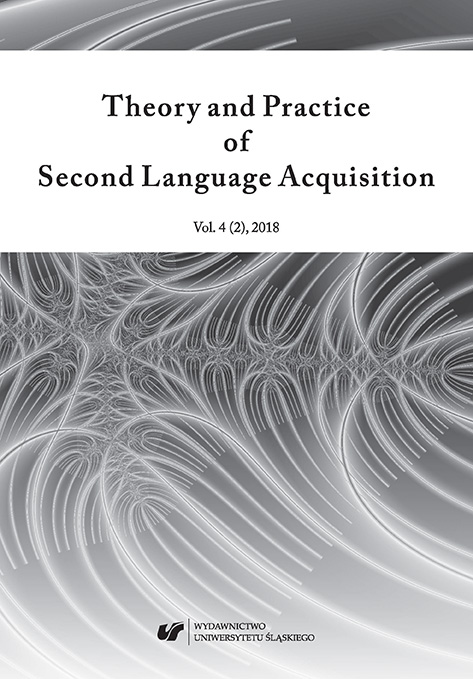

The aim of this presentation is to analyse the development of trilingual oral expository skills in sixteen-year-old Spanish L1, Basque L2 and English L3 students in the framework of a multilingual didactic sequence. The promotion of multilingualism including a minority language such as Basque is a major specificity of the Basque educational system (Cenoz, 2009; Idiazabal et al., 2015), and the Integrated Teaching of Languages (ITL) is highlighted as a relevant approach for multilingual education both in the Basque and European contexts (Gobierno Vasco, 2015; Troncy, 2014).
Initial and final oral expository texts produced at the beginning and at the end of a didactic sequence by trilingual students constitute the empirical data of this study. Both texts were addressed to students’ school community as well as to foreign students with the aim of presenting their school. We followed text genre-based criteria in order to analyse students' trilingual productions (Dolz & Schneuwly, 2016).
Results show that students did improve their oral expository texts overall, although to different extents: among the aspects that showed a greater improvement, we can name the explicit mention of core elements at the introductory section in Basque, the more consistent use of topic introducers regardless of the language and the more regular use in English of resources to clarify those concepts whose meaning could be difficult to grasp for foreign students. Among those aspects where improvement is notably less, we could mention that students hardly ever addressed the audience in English and thus failed to catch their interest; also, the production of target-deviant past tense verb forms in English remains quite problematic.
From the perspective of the ITL, we will conclude that this analysis shows that teaching oral expository skills from an integrated perspective fosters multilingual development, being inter-linguistic discursive transfer a relevant didactic resource (Cummins, 2008).
Download files
Citation rules

Vol. 4 No. 2 (2018)
Published: 2019-02-13
 10.31261/tapsla
10.31261/tapsla